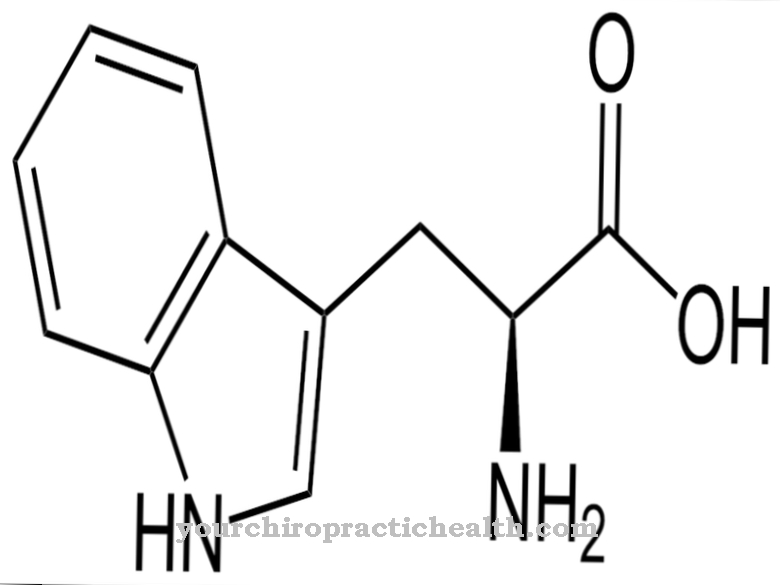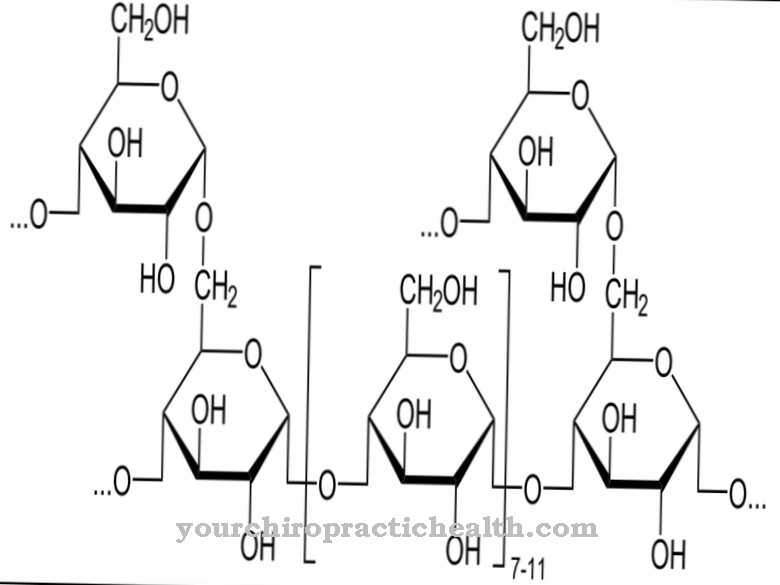Our diet is mostly subject to a seasonal cycle, not only in terms of its external appearance, but also in terms of its nutritional physiological values. From the point of view of nutritional science, the winter and spring foods fare worse than the foods in summer and autumn. Fresh fruit, salads and more tender vegetables are served less often in winter than in the times of fruit ripeness, and some of our permanent fruits suffer considerable losses in value due to storage and preservation. Vitamins and other sensitive active ingredients are therefore far less available to us in winter, and some considerations are required as to how we can get all the necessary vitamins and minerals from food in the cold months.
Choice of food & vitamins

Canned sauerkraut provides the body with the necessary vitamin C even in winter.
The practical provision for the vitamin balance in winter now means something very different for the individual - depending on his living conditions. For the garden owner and everyone who keeps part of their food in stock, considerations about the appropriate cultivation plan for the garden or the careful preservation and storage of their own organic food.
For all those who regularly purchase their food in small quantities from the supermarket and prepare it themselves, the provision for a diet rich in active ingredients requires, above all, the decision to strive for a well-planned selection of food, taking into account both taste and economic aspects, especially nutritional aspects Find.
Anyone who ultimately receives a larger part of their food from some form of community food (e.g. cafeteria or canteen) must start from an evaluation of the food that awaits them in winter so that, if necessary, they can achieve a wholesome total diet through well-considered ingredients or supplementary meals, which they all have Provides active ingredients and nutrients that he needs in order to remain productive and healthy.
Fruit and vegetables with a high vitamin C content
Among the local winter vegetables that the garden can provide as a source of vitamins, the common lamb's lettuce and winter spinach, which are suitable for the preparation of fresh salads, should be mentioned. Chinese cabbage (harvest time until the end of November) can also serve as a rich vegetable for fresh salad preparation until December.
Other types of lettuce are only suitable if there are winter gardens or greenhouses. Among the hardy vegetables that are eaten cooked, the kale should always be emphasized. In its mineral, especially calcium, and vitamin richness, it surpasses most other vegetables. The vitamin C content of 70 mg / 100 grams is higher than that of citrus fruits (40 to 50 mg).
When planting an orchard, the choice of variety should be made more vitamin-based than before. This applies in particular to the apple as our most important indigenous perennial fruit. There are varieties that, with a vitamin C content of 40 to 60 mg / 100 grams, match the vitamin C content of oranges and lemons, and on the other hand those that barely show a tenth of these values. But the shelf life of the vitamins contained in the harvest during storage is also very different - depending on the general shelf life of the varieties.
Storage of fruit and vegetables to maintain vitamins
The vitamin C-rich apple varieties include: White Winter Calville, Yellow Noble Apple, Pineapple Renette, Goldrenette Freiherr von Berlepsch and Ontario. The storage conditions play an essential role in maintaining the value of the perennial fruits brought in (winter fruit, potatoes, vegetables).
An example may explain this: After five months of storage, Boskoop apples lost 11 percent of their original vitamin C content in the cold store at 4 degrees Celsius, and 47 percent when stored normally in the fruit barn. The situation is similar with potatoes and winter vegetables. Storage must therefore be cool, dark and airy.
The optimum of the humidity is different for the individual foods. For the rural household, the artfully designed ground rent is best. There is always justified interest in the question of the most valuable preservation methods.
This applies both to the preservation of one's own harvest and to the evaluation of the cans of the trade. Every preservation process is associated with a greater or lesser loss of heat, oxygen or fermentation-sensitive ingredients in the food.
The magnitude of the losses is often less determined by the method itself than by the care taken in handling. Relatively good results can be achieved with heat sterilization in preserving jars or bottles, but technical errors during processing, for example through contact of the canned goods with active metals (copper, zinc, iron), can lead to extensive devaluations.
In commercial juices, for example, vitamin C differences up to a ratio of 1:10 can be found for the same types of fruit. Frozen products behave similarly. The results of maintaining value can be excellent with these procedures. However, due to errors in the processing of the fruit or an interruption in the freezing chain on the way from the freezing point to the consumer, sensitive vitamin and other quality losses can occur.
Overall, it can be said that the perfect freezing of fruits, which are enjoyed fresh after briefly defrosting without heat preparation, currently guarantees the greatest possible vitamin protection.
Proper shopping of vitamin-rich foods in winter
For all those who eat more or less by constantly buying food, the concern for a vitamin-rich diet in winter becomes a question of a well-considered diet and the right shopping.
The cause of malnutrition is often inconsideration when buying food. In our modern world with its diverse range of refined foods with reduced active ingredient content, one cannot make one's choice of foods solely based on the momentary appetite, provided that one does not want to run the risk of deficiency damage.
Those familiar with nutrition can eat correctly from a nutritional point of view in very different ways. It is worthwhile to adhere to a few rules of thumb in nutrition, the observance of which protects against grosser mistakes in the diet:
Food rich in vitamins for breakfast
60 to 70 percent of all grain foods should be consumed in whole grain form. We supply ourselves with the many vitamins of the B group, vitamin E and numerous minerals in a harmoniously balanced manner that does not burden the metabolism.
The many ways of preparing the whole grain allow everyone to find the forms that suit them, which can be used as a daily staple food. It is irrelevant whether it is rye or whole wheat bread (e.g. graham bread), whether you prefer sliced bread, loaf bread or flat bread (= crisp bread) or whether you prefer graham bread or wholemeal rusks.
Those who rely on light foods will like to choose tasty muesli porridge and soups for breakfast. Anyone who takes the short time to prepare a fresh-grain fruit dish in the style of Bircher Muesli has a particularly tasty and substantial breakfast dish.
Food rich in vitamins for lunch
The whole grain dishes mentioned are equivalent to lunch and dinner dishes made from unpolished brown rice, which can be prepared in the inexhaustible richness of the Far Eastern rice cuisine. The daily diet should contain 1/2 to 3/4 liters of milk or the equivalent in dairy products such as quark or cheese.
Specified by nature as the only food for the very demanding first period of life of animals and humans, milk contains the essential vitamins and minerals in rare abundance. Among the active ingredients that appear in terms of quantity are the fat-soluble vitamins A, D, E, and also vitamins B1, B2, B6, B12 and pantothenic acid, and the particularly rich calcium salts among the minerals.
The aforementioned amount of dairy products largely helps to secure the need for protein, vitamins and calcium salts. Milk can be processed in so many ways as a drink in the kitchen that it is possible to meet every taste. It is particularly important to remember the mixed drinks made with fruits and juices.
Since most of the health-related protective substances are independent of milk fat, the inexpensive preparations made from skimmed milk also deserve attention: buttermilk, skimmed milk yoghurt and mixed drinks, whey, low-fat quark and cheese. These dairy products are particularly recommended for anyone who has to limit their calorie intake because they are overweight (whole milk contains around 550 kcal, skimmed milk around 320 kcal, whey 200 kcal).
In addition, we should have two meals a day of fruit or vegetables, some of them raw. Fruits and vegetables contain the active ingredients that are poorly represented in cereals and milk and are valuable due to their excess of bases and the content of intestinal fiber.
Unfortunately, there are hardly any possibilities to infer its vitamin content from the appearance, taste or smell of a preserve. It is therefore a necessary safeguard against vitamin deficiencies if we get used to eating some fresh fruit or vegetables every day.
When buying food, you should start from the rules of thumb mentioned and first secure what is necessary for your health before you think about the rest of what is dictated by mood, taste and advertising. Only with such a factual attitude can you save yourself from falling victim to advertising slogans or other coincidences.
In this context, considerations about the relationship between price and nutritional value are appropriate. Some foods rich in vitamins are only given little attention because they seem "too cheap". As an example, vitamin C, which is particularly topical for winter food, is chosen. Kale, sauerkraut, lemons, apples, white cabbage, spinach, parsley, leeks and beets do not cost much and are always very inexpensive, even in discount stores.
For all those who are in communal catering, such as the cafeteria or company canteen, the vitamin provision for the winter first requires the consideration of whether the food to be expected is wholesome. If the type of diet plan, the existing work organization of the company canteen or the technical equipment provided, there are doubts as to the sufficiency of the vitamin supply, it is advisable to create the necessary supplement for some vitamin-rich food additives.
Faults in large kitchens and canteens that detrimentally affect the vitamin content of the food include: watering the potatoes and vegetables prepared the day before, unsuitable cooking methods (boiling instead of stewing, steaming or simmering), but above all keeping the food warm for a long time.
The full value of the total food can understandably only be achieved through ingredients if particularly vitamin-rich foods are selected. Here are some suggestions: As a snack in the morning:
1 glass of milk and 1 piece of fruit or 1 milk-juice mixed drink using juices rich in vitamin C such as lemon juice, apple juice, orange juice, black currant juice, plus a piece of wholemeal pastry. A raw vegetable salad can improve the value of the diet enjoyed during the day. If there is a lack of fresh leaf and root vegetables, frozen fruits and vitamin-rich frozen vegetables can be used.
A little lemon juice with the tea helps to improve the vitamin C balance noticeably. With a little attention and consistency, everyone should be able to ensure a wholesome diet, taking into account personal taste inclinations and economic possibilities.


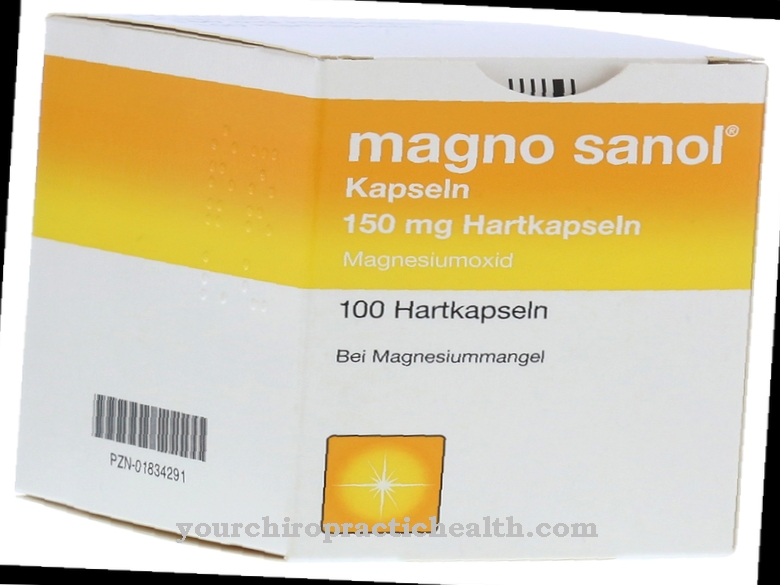
















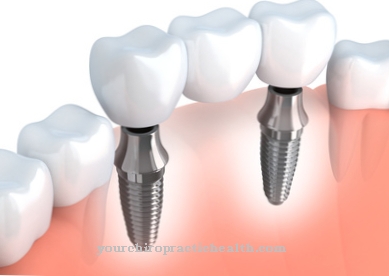


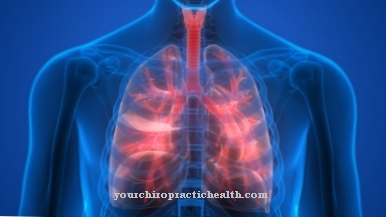

.jpg)
.jpg)

